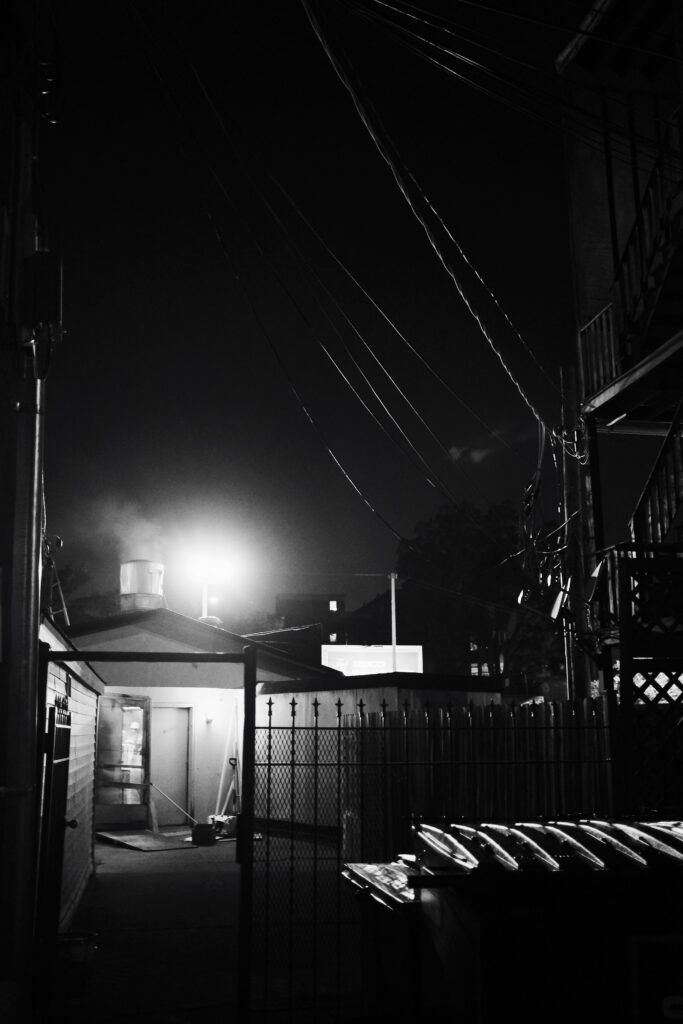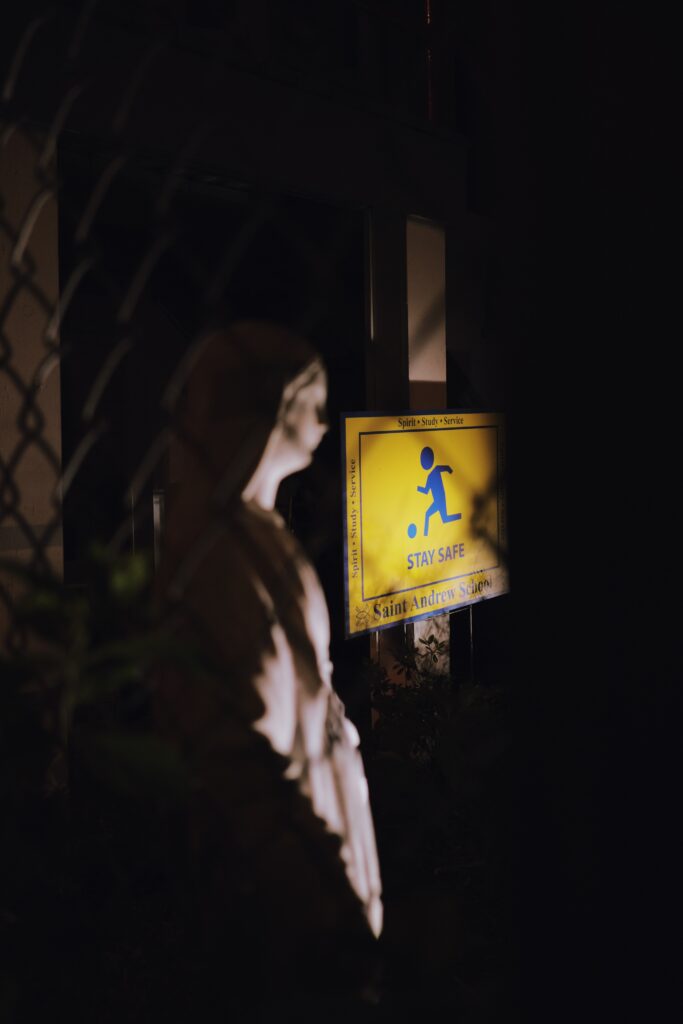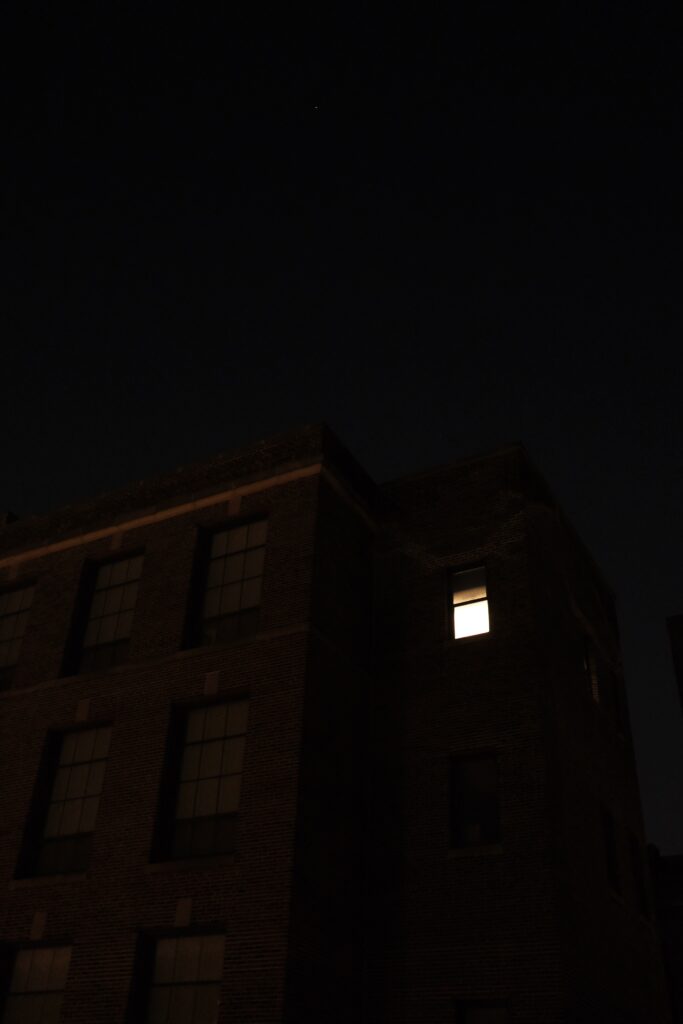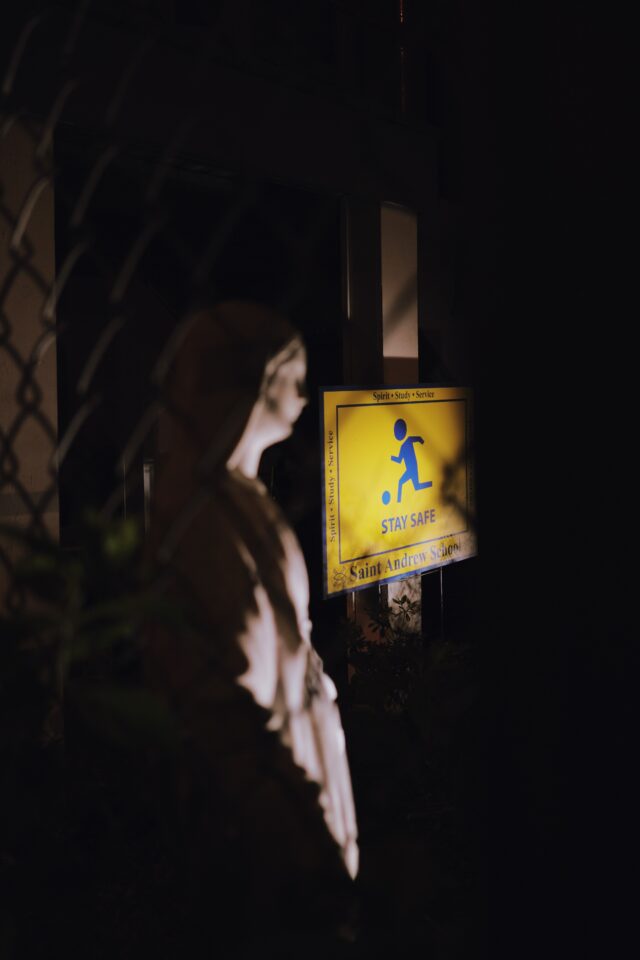Something that has come up in my research over the course of the past month that has been largely influential to the development of my project has been the introduction to the discipline of material culture studies. In essence, the field provides social and cultural analysis into the materiality of objects and architecture in the built environment, and the ways in which they influence and co-construct the communities in which they are situated. In all honesty, I didn’t even know that this was a discipline that existed, but I am very thankful that I happened upon it in my research, as it has informed a great deal of my own inquiry. I reached out to a variety of scholars, and I am very excited to have the opportunity to meet with one of the foremost scholars in the field, Professor Mikkel Bille, currently at Roskilde University in Denmark, and soon transferring to the University of Copenhagen.
Bille, along with a few others in the field, have published a variety of articles on the materiality of light, and the interdisciplinarity of the work has been so essential in providing the groundwork for my research. It has also positioned me with the knowledge to debunk the neurological determinism that exists in a collective Western social consciousness which frames the experience of light as an absolute, denying that this experience is in any way shaped in social and/or cultural ways. Approaching my research from this perspective, coined the sociality of light, helps better understand the nuance, materiality, and magnitude of a force often perceived as benign. It lends agency to light, and from agency arises socially significant consequences. It has been a breakthrough in the intellectual development of my project. In conjunction with these findings, I have also been looking at a variety of psych studies that back up another part of my project, which is the human association of darkness with danger, and the ways in which this has manifested in culturally significant ways. Most notably, how evolutionary and racial psychology coalesced and have allowed for outgroup prejudice formed by negative ethnic stereotypes in dark—and perceived dangerous—settings. These two bodies of research that I have been drawing on have been imperative for my synthesis.
And on a tangentially related note, I have also been doing some research into the ethics of ethnography. As a historically problematic mode of inquiry and a morally questionable methodology, I have been trying to make sure I can be as informed as possible about how to minimize my own presence participating in quasi-ethnographic work. I understand my positionality as a white man going into communities of color, many of which are economically depressed, over-policed, and under-resourced , and studying light as a method of surveillance and control whilst actively surveilling them through the capture of light—photography, that is—comes with a great deal of ethical dilemmas. I have been reading a variety of work that has been helpful in working through some of them.



